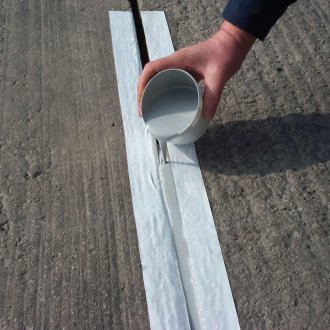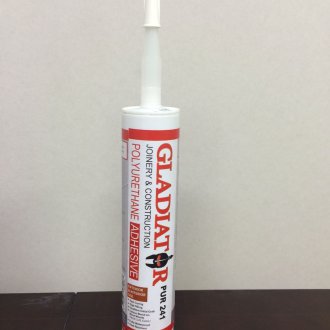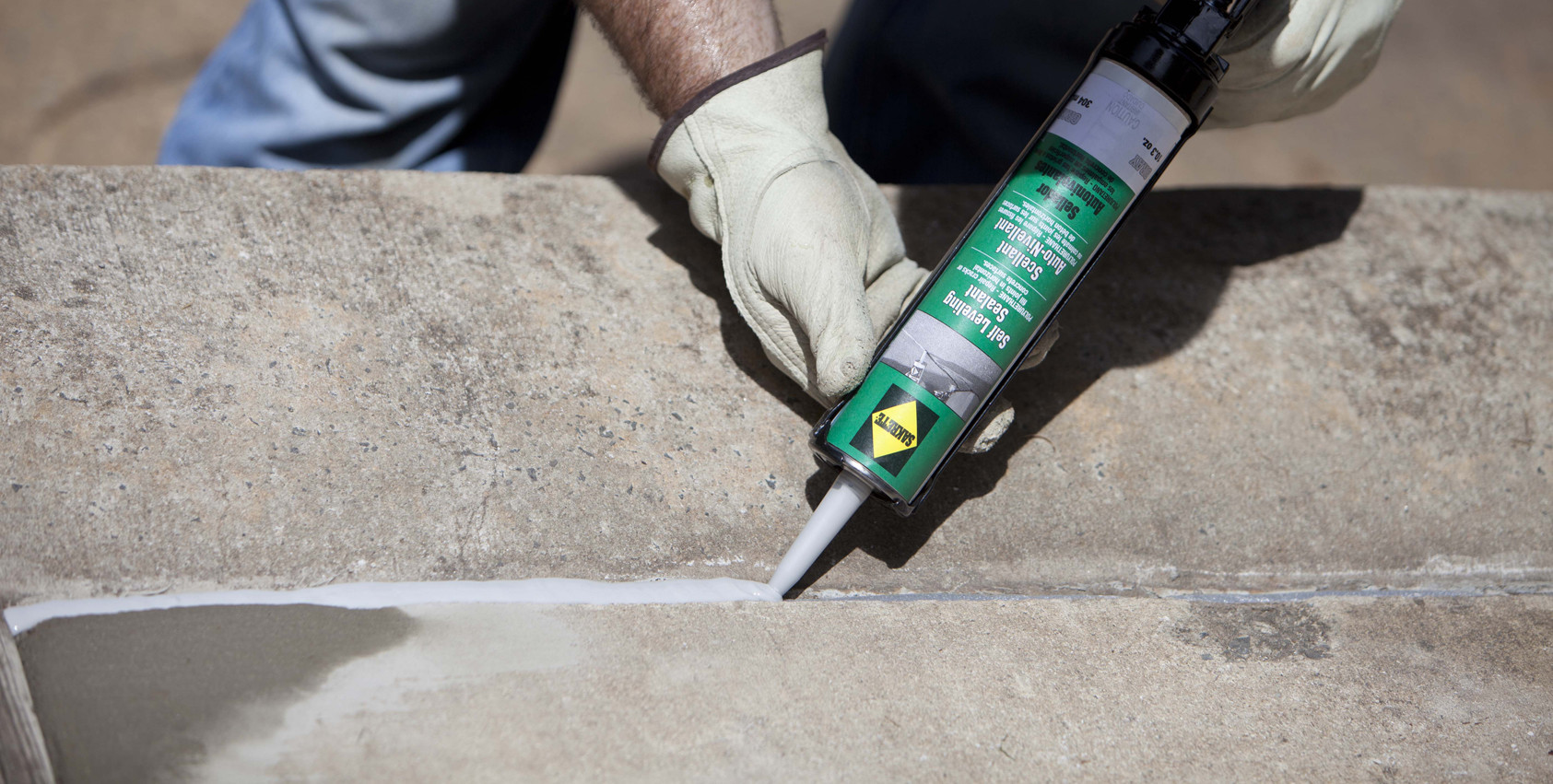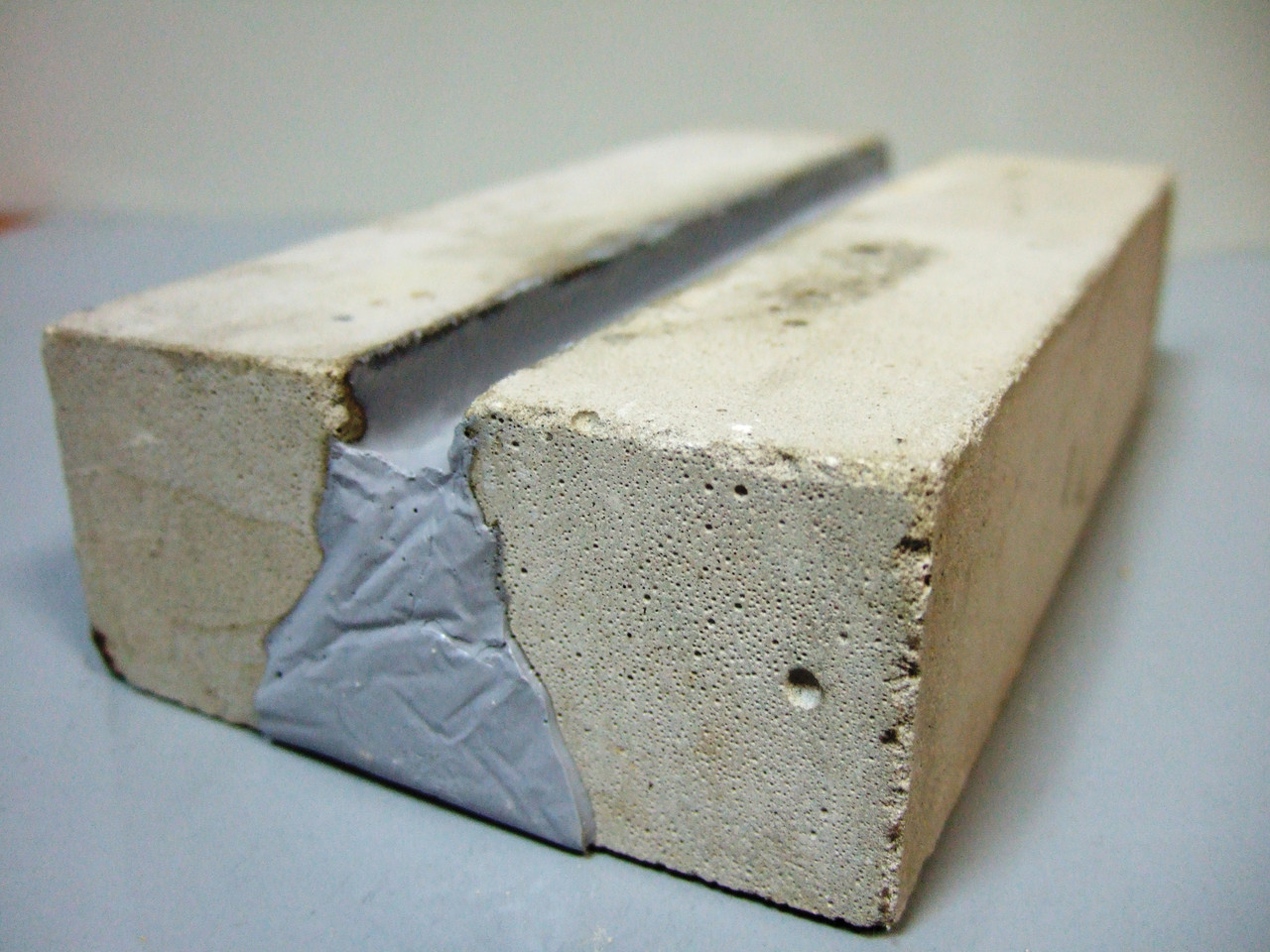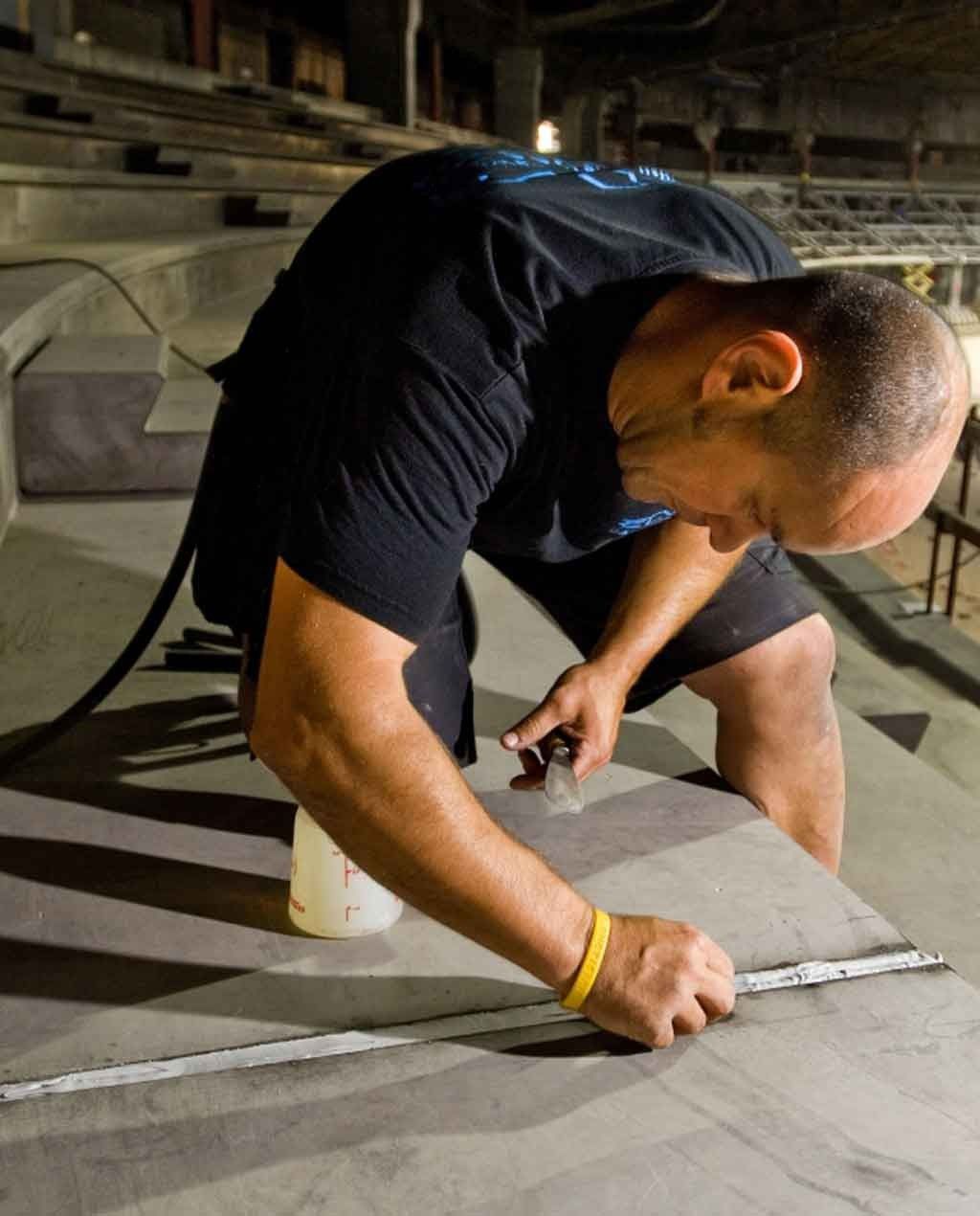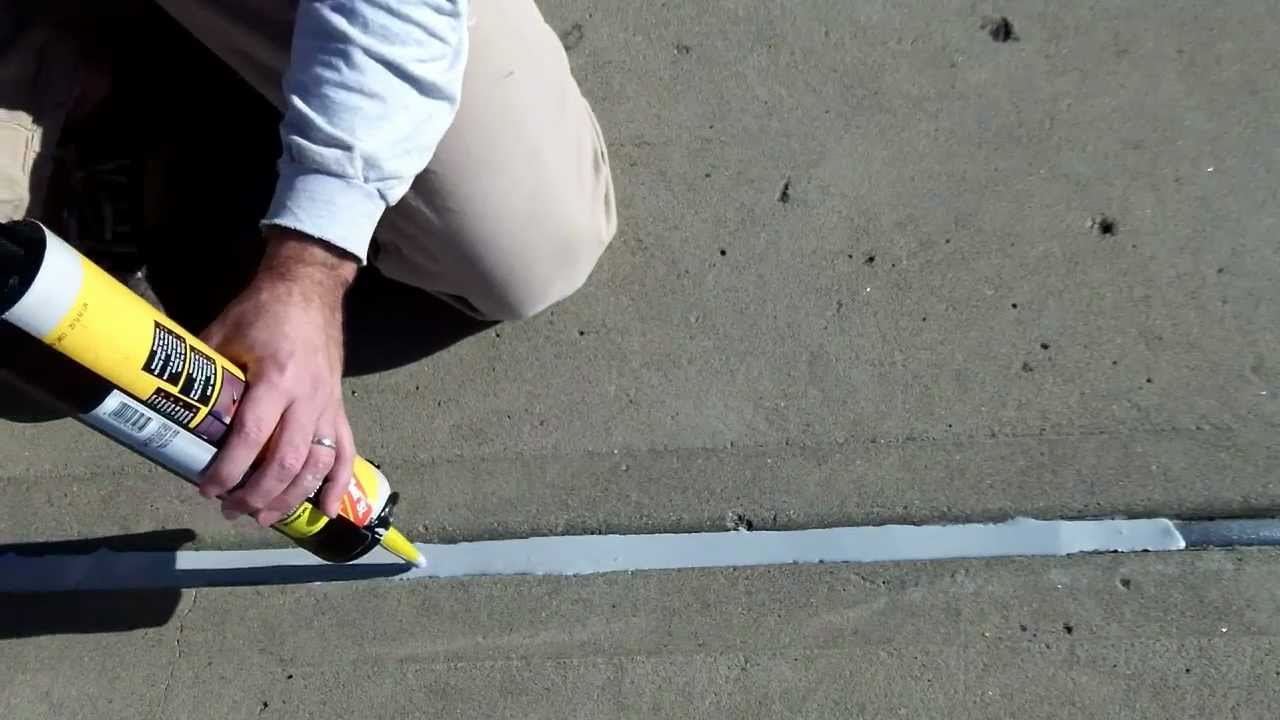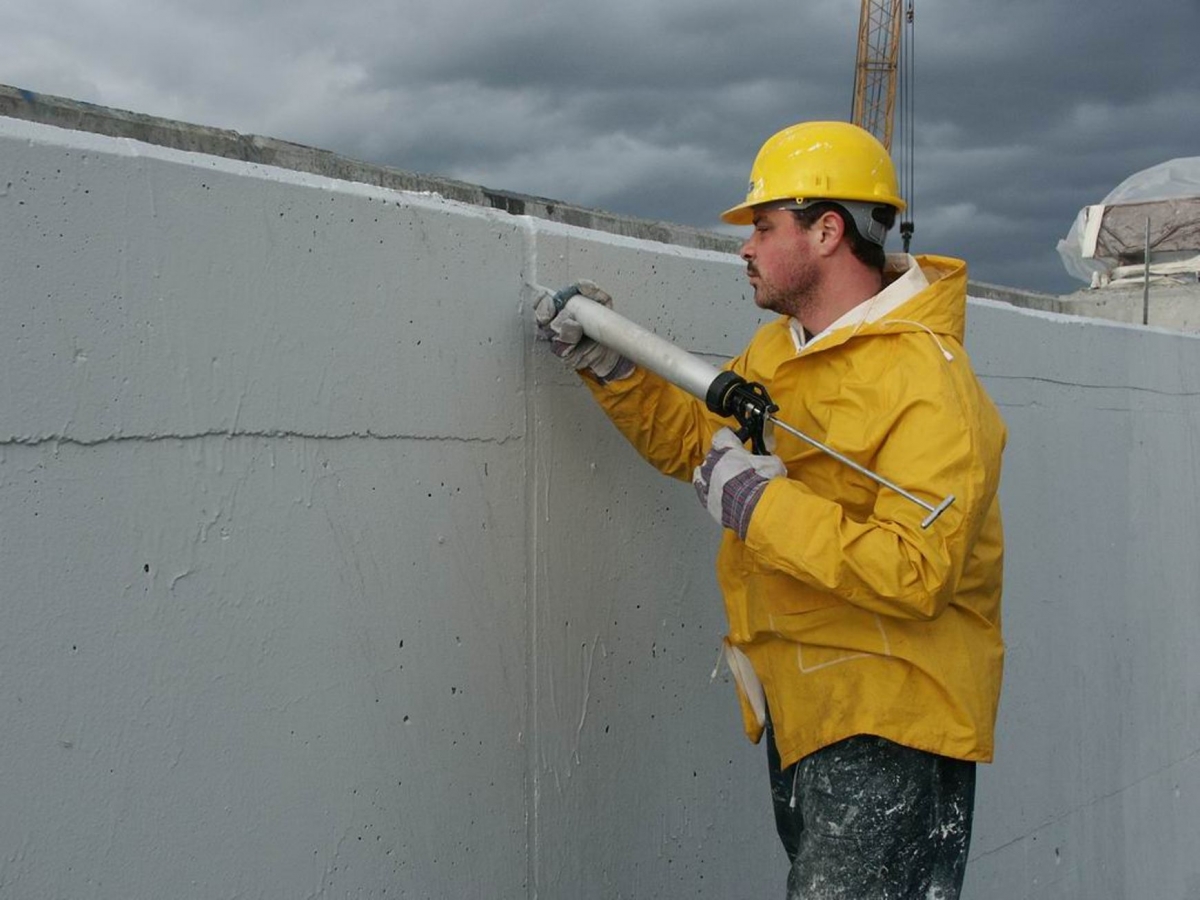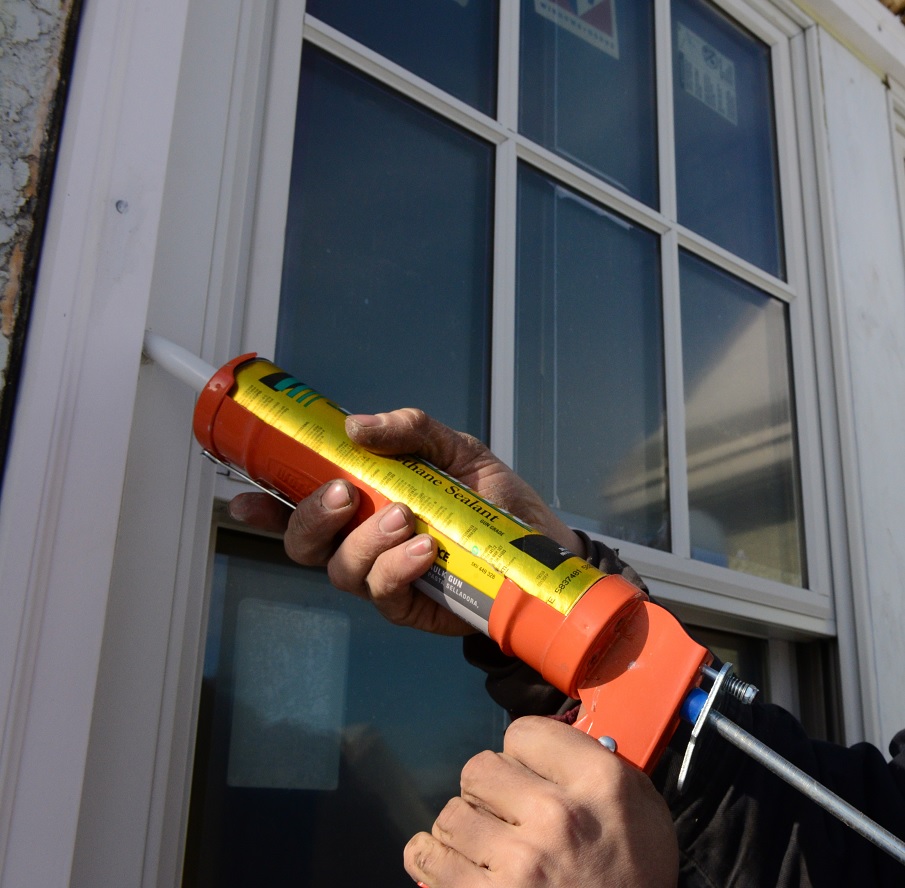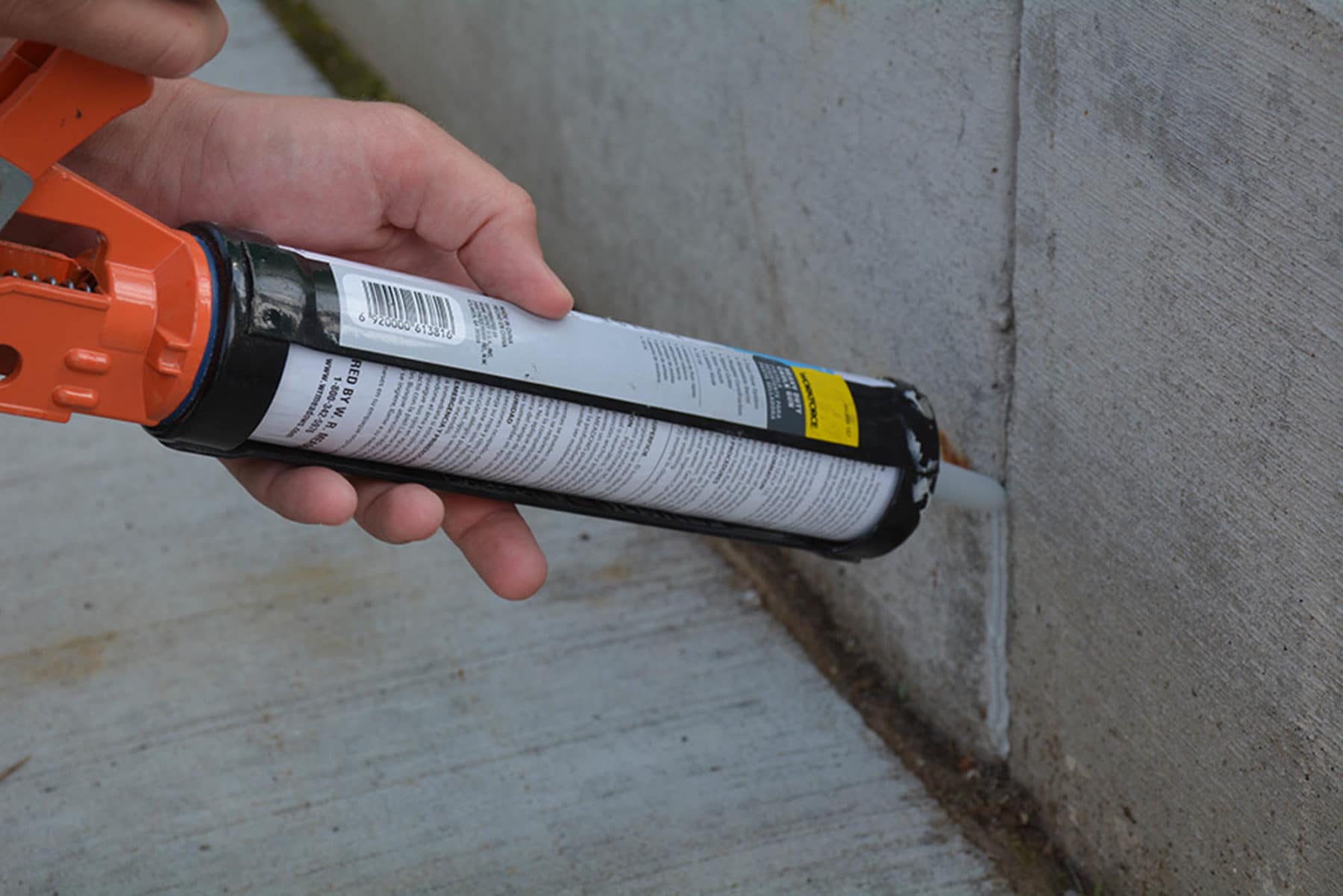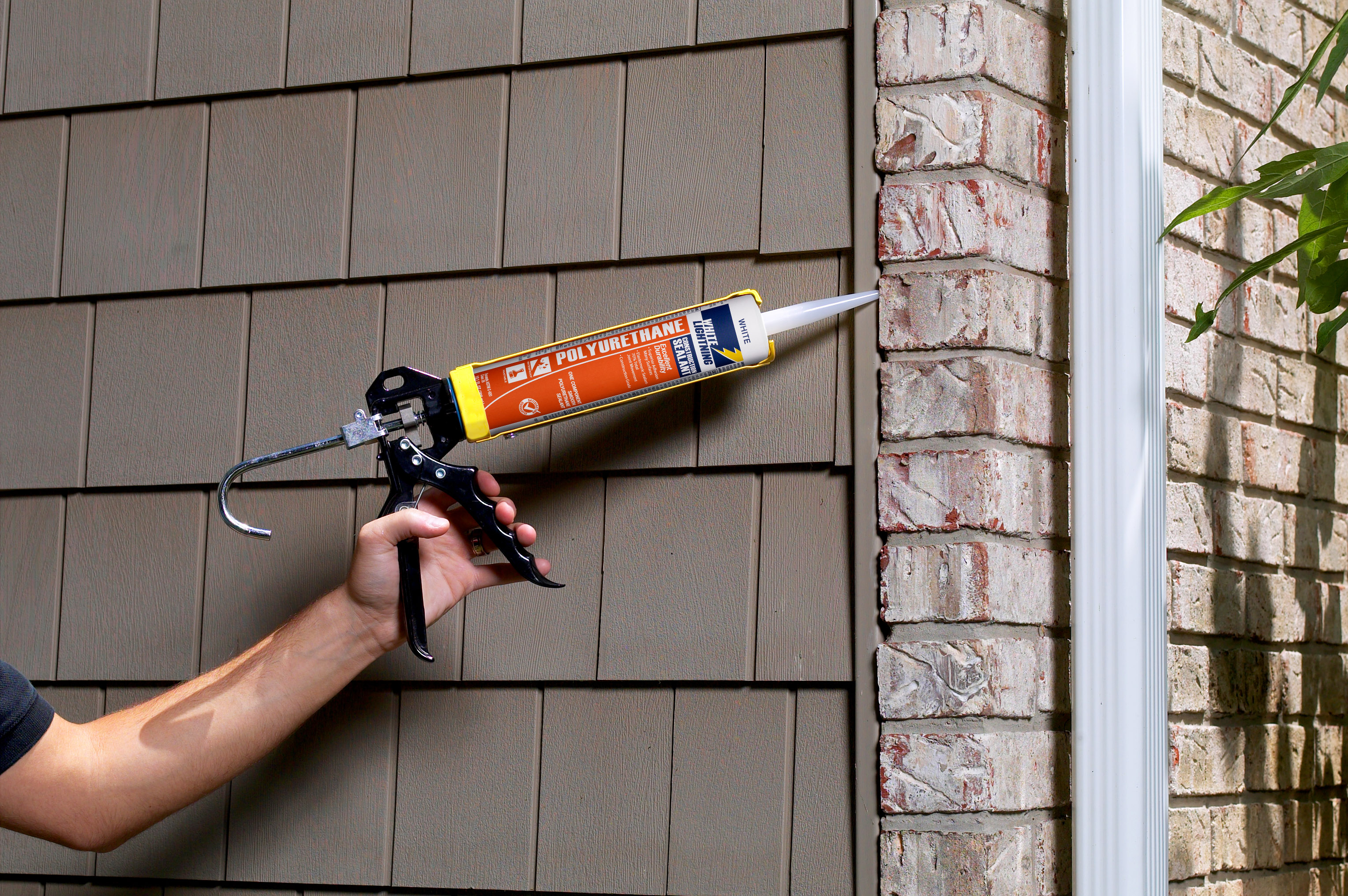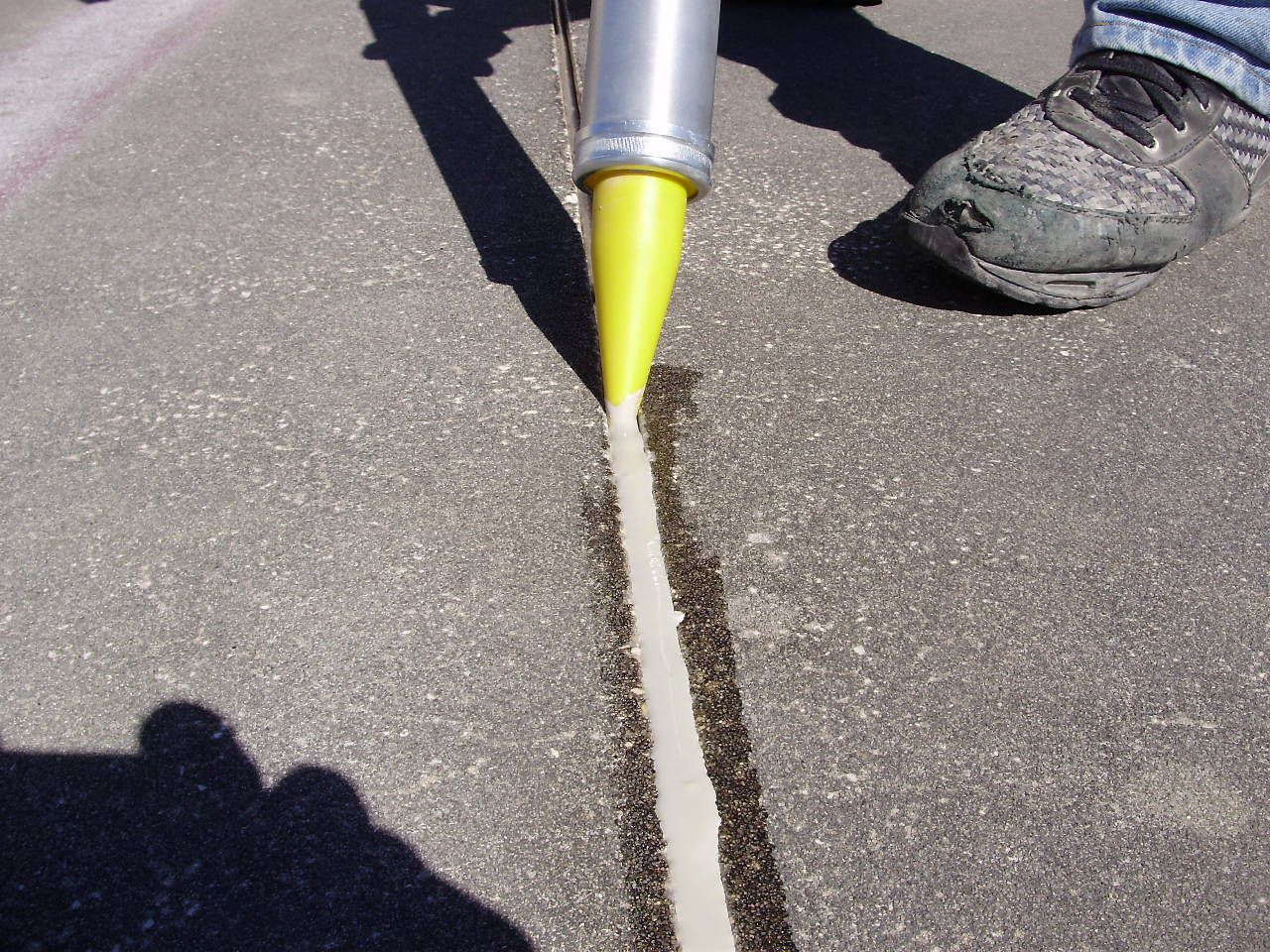Advantages of polyurethane sealant
Content
Until the middle of the last century, rubber or cork were mainly used to seal various joints in engineering and seal joints in construction. These were expensive materials, and they needed to find a cheap alternative, an adhesive, that could be produced in virtually unlimited quantities, using available inexhaustible resources.
The first experiments on the synthesis of polyamides began in the United States, but German scientists, soon connected to the solution of this problem, were more fortunate than American researchers: they managed to obtain polyurethane elastomers by combining polyols with some diisocyanates. Subsequently, as a result of various experiments, polyurethanes known to everyone were created today.
Why has polyurethane sealant become such a popular building material?
This is due to the fact that the sealant on a polyurethane basis:
- possesses extremely high elasticity (sometimes reaching 1,000%);
- Demonstrates excellent adhesion to many materials, including concrete and brick, metal, wood and glass;
- has excellent self-adhesion;
- has resistance to moisture and ultraviolet radiation;
- provides high-quality sealing and waterproofing of structures for a long time;
- withstands exposure to negative temperatures with a value up to -60 ° C;
- can be used during winter work if the ambient temperature does not drop below -10 ° C;
- does not drain (if the thickness of the applied layer is less than one centimeter) from the vertical planes of structures;
- gives zero shrinkage after completion of polymerization;
- dries quickly and hardens;
- may be colored or transparent;
- does not emit harmful substances after solidification (and therefore it can be used in bathrooms, in kitchens, and in living rooms);
- polymerizes as a result of moisture in the air.
However, the polyurethane sealant offered by manufacturers today has its drawbacks. The main ones are listed below.
- Its adhesion is insufficient to provide a reliable strong connection and good sealing of the joints of products, the material of which are some types of plastics.
- Polyurethane sealant must not be applied on surfaces whose moisture content exceeds 10%. In this case, to increase adhesion, the use of special primers is necessary.
- It loses its qualities under prolonged exposure to temperatures exceeding 120 ° C.
- Disposing of polymerized polyurethane sealant is an expensive and complex process.
What else can be said about the technical characteristics and features of the use of polyurethane sealant for sealing joints?
Since the sealant based on polyurethane, presented on the market by both domestic and foreign manufacturers, has many advantages, it is used in a variety of areas of human activity. Most often it is used in the construction industry to close deformation joints or gaps in concrete structures and as a sealant for wood.Such material seals roofs, double-glazed windows, joints between logs well. It is suitable both as an elastic sealant for joints in a wooden house, as it has high adhesion to wood, and for sealing in the bathroom.
One of the distinguishing qualities of a polyurethane sealant is that it seals even suture joints consisting of materials of various kinds, that is, significantly different in chemical composition and physical properties.
This sealing building material is very economical in consumption. For example, if it is necessary to close the suture gap with a depth of 10 millimeters, then the flow rate of the sealant in this case is only 100 ml / m.
When choosing a sealant for a wooden house or for concrete buildings, or if waterproofing is required with a polyurethane sealant for the bathroom, you need to familiarize yourself with its technical specifications given on the packaging by the manufacturer, including its important property, such as hardness. Since the ability of the sealing joints to withstand shrinkage and deformation depends on it.
Sealing compounds with a hardness of 15 units are used to seal joints in concrete panels, cracks in the roof. Such a polyurethane sealant is also suitable for gluing parts made of wood, glass, metal, plastic.
With a hardness of the sealing substance of 25 units, it can be used to seal joints that are constantly exposed to moisture. If the hardness is 40 units, then such a sealant is most suitable for glass, as well as for performing work related to the need to seal and seal building temperature joints of reinforced concrete structures.
The presence of a hardness of 50 units in a polyurethane sealant makes it possible to use it when sealing metal products. The highest possible hardness level is 60 units. Such sealants are used in industries related to automotive and shipbuilding.
After opening the package containing the sealant, its contents should be immediately used for their intended purpose, while it should be applied so that the thickness of the seam does not exceed 0.5 centimeters. In this case, it is possible to achieve reliable sealing with a fairly economical consumption of adhesive material.
Other areas where polyurethane-based sealants are used
When installing door / window structures with their help, all joints are sealed.
In the jewelry industry, the use of polyurethane sealants (especially transparent) for fixing natural stones provides subtle neat joints. And since this material is available in different colors, it is easy to choose its shade, which will be very close to the color of the stone used in the decoration. The use of silicone-based sealant (even transparent) in this case is unacceptable, because the latter can not only change the color of a precious or semi-precious stone, but also destroy it over time.
In those places of constructions in which significant vibrations are present, it is better to use polyurethane sealants that are not prone to shrinkage and shape change. That is why they are often used in the automotive industry.
If it is necessary to make suture joints exposed to significant temperature changes, the use of polyurethane sealant is also recommended, since it is also very flexible and resistant to punctures and abrasion.
In the case of waterproofing works for the bathroom, in the fountain, in external reservoirs or on the roof, a polyurethane sealant suitable in its technical properties can also be successfully used. After hardening, the polyurethane layer has sufficient density to ensure its resistance to moisture.
Types of polyurethane sealants
The polyurethane-based adhesive can be either one-component or two-component.
One-component sealant
It is a pasty substance, the main component of which is a polyurethane prepolymer. Such a one-component polyurethane adhesive has high adhesion to most building materials. It adheres well to ceramics and glass. After applying this one-component sealant at the joints, the process of polymerization begins due to exposure to moisture contained in the surrounding air.
One-component compositions are convenient to use, since mixing of any components is not required, which ensures guaranteed quality of the joints. Such sealants can be used both for repair and construction work, and in particular for sealing:
- building structures;
- roofing joints;
- car bodies;
- glasses installed in automobiles.
At the same time, sealants used in the latter case are often called glass sealants. They are used when performing operations on pasting auto-glass and when installing fiberglass decorative elements in automobiles, and also when it is necessary to firmly adhere parts made of glass or plastic onto a metal base, which constantly experiences strong vibrations, temperature changes, water and moisture during operation .
The disadvantage of single-component compositions is that they cannot be used at an ambient temperature of less than -10 ° C because:
- with decreasing temperature, air humidity decreases, and, as a result, the polymerization rate of glue decreases;
- an increase in the curing time of the sealant ultimately leads to a deterioration in its elasticity, adhesion and hardness;
- due to the increase in the viscosity of one-component polyurethane adhesive under these conditions, the work associated with its use is complicated.
Two-component sealant
In the packaging of such polyurethane adhesive there are two separately packaged components:
- paste, which includes polyols;
- special hardener.
Until the substances are mixed, they can be stored for a long time, because they do not interact with the environment.
The main advantage of two-component sealants is that they can be used at low temperatures, since when they solidify, the moisture contained in the air does not participate in this process. At the same time, these compositions, as well as the one-component ones described above, provide strong, elastic and durable seams.
Of the minuses, it can be noted that:
- it takes some time to mix the components, which leads to an increase in the total time allotted for the work;
- the quality of the created joints depends on how correctly the proportions of the ingredients were selected when mixing them;
- prepared glue should be used immediately after mixing.
When comparing polyurethane two-component compositions with one-component, it can be concluded that due to the greater ease of use of the latter for domestic use, it is better to purchase a one-component adhesive.
In the construction field, special polyurethane sealant for concrete is often used, which does not contain solvents. Its popularity among builders is explained by the ease of use and the high quality of the joints it creates. This is an excellent polyurethane sealant for outdoor applications, as it can be applied immediately, without requiring time for the preparation of the working mixture, and is quickly vulcanized with the participation of air moisture.
If you need to get rid of cracks or gaps that occurred during the construction of a house or simply appeared in concrete walls over time, or to achieve waterproofing of some objects, then using various types of sealants, you can easily solve this problem.
